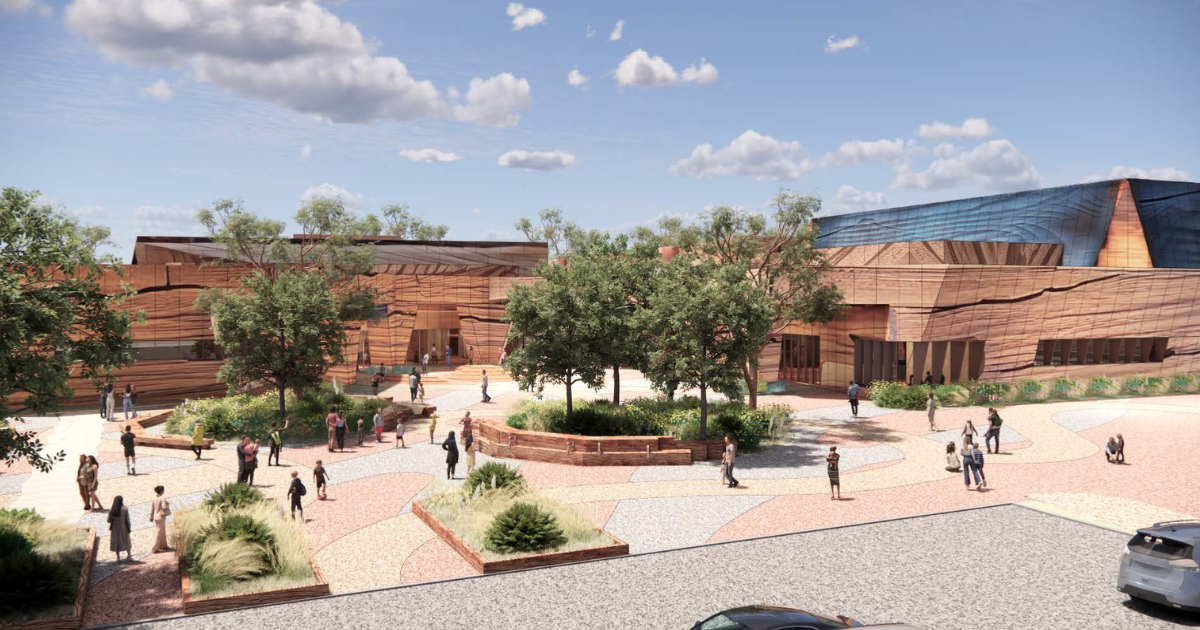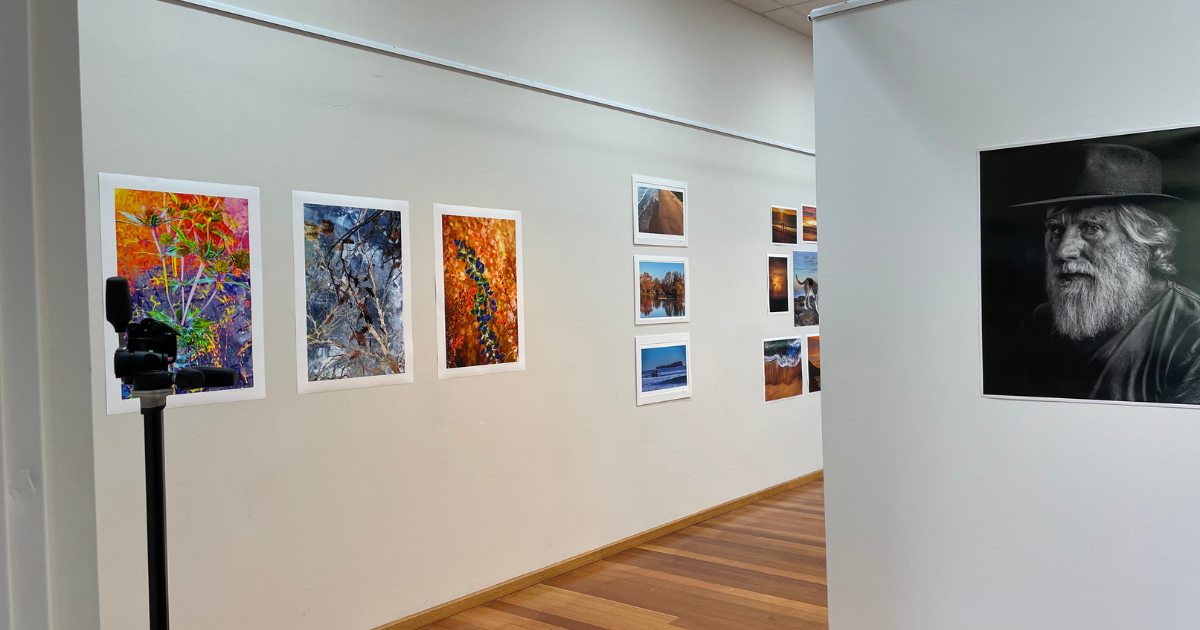BioBlitz survey begins
THE largest citizen science event in the southern hemisphere starts today (Friday, November 24) and runs until Monday, November 27.
The goal of the Great Southern BioBlitz is to document and showcase the beautiful biodiversity of the Southern Hemisphere during Spring to the world.
Using the iNaturalist app, scientists and community members will survey and record various species of flora, fauna, fungi, and aquatic life within the designated time frame.

Geelong Field Naturalist member Rod Lowther said the event arose after Geelong and three other cities in Australia competed in the City Nature Challenge.
“This event is worldwide with over 550 cities and is run in late April. The Australian cities decided to run a similar event but to hold it in our spring and invite locations across Australia, Africa, and South America to be involved,” he said.
Last year’s Great Southern BioBlitz had 218,000 observations with about 6700 observers.
Mr Lowther said it was a great opportunity to get outdoors and see what the nature is like in your local area.
“You can go to a nature reserve, take a photo, and the application will tell you what it is.
“It’s semi-competitive about who can see the most insects, animals and plants in their local area.”
The Geelong Field Naturalist Club is promoting the event, but people are also encouraged to pair up with a friend and explore on their own.
More than 100 individual citizen scientists are expected to take part across the region.
“Another way to get involved is through your local nature group, such as Friends of Buckley Falls, or Friends of Ocean Grove Nature Reserve, or Friends of the Bluff,” Mr Lowther said.
Mr Lowther said that while we don’t have the animals that we used to have around, there was still lots to see.
“There will be spiders, butterflies, and dragonflies sighted.”
“You might encounter a swamp wallaby, come across a kangaroo, or even spot a koala.”
“A great practice activity is to take a camera, visit the botanic gardens, and observe the variety of pollinators in the area.”
“You might find beetles, hoverflies, native bees, and dragonflies.”
“There is so much to see when you start to look,” he said.
For more information, head to greatsouthernbioblitz.org


















